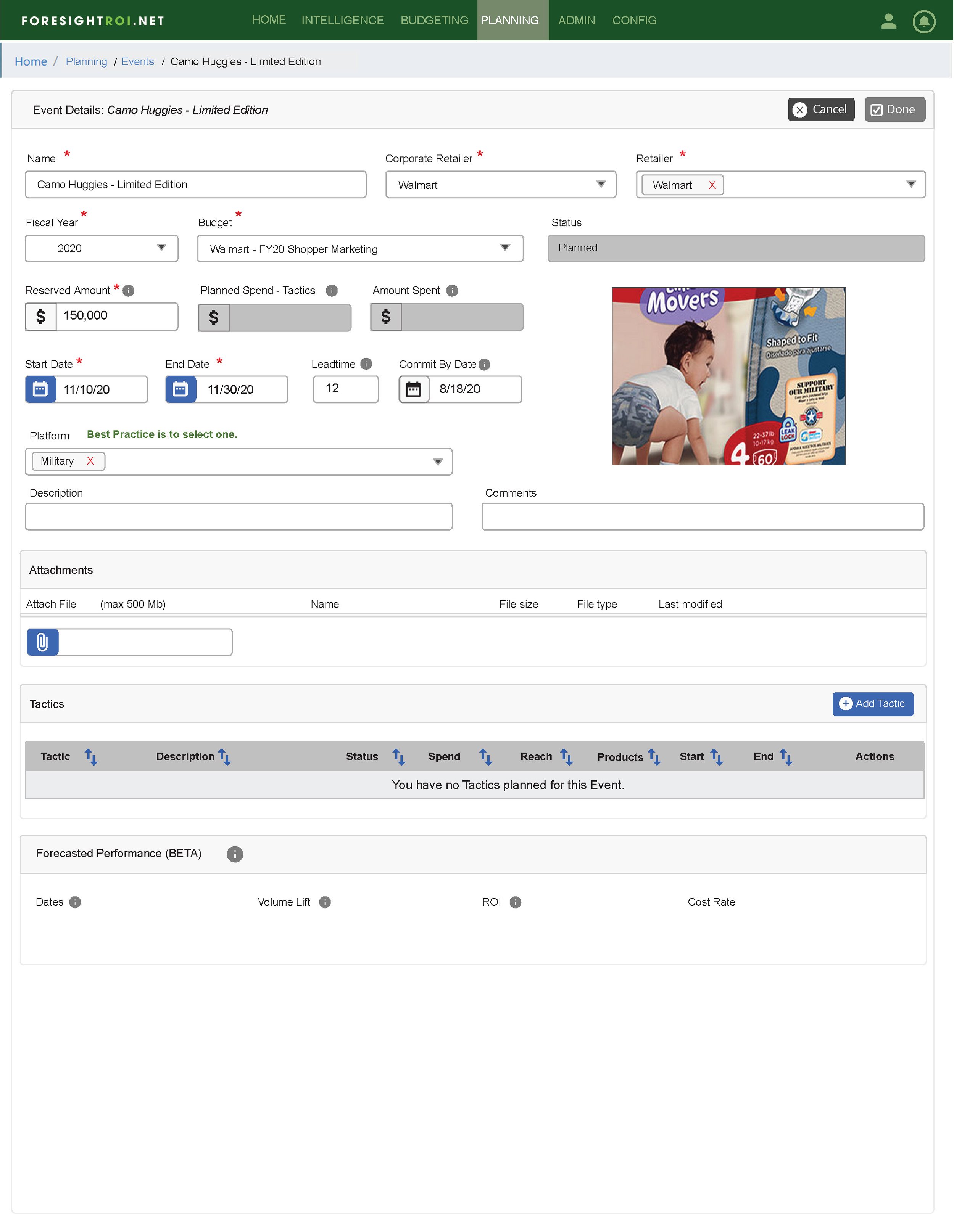
Executive Summary (TL;DR)
In redesigning the shopper marketing software for Foresight ROI, we focused on making it more user-friendly and efficient. We simplified workflows, improved data visualization, and ensured better integration with their internal systems.
We utilized our user research to understand pain points and needs, directly from the shopper marketers we were designing for.
The headache that haunted CPG marketers…Boo!
The existing shopper marketing software faced usability issues such as complex navigation, dense data presentation, limited customization options, and lack of integration with other systems. These issues hindered user productivity and made it challenging for users to derive actionable insights from the data.
Not enough time, too many plans
Trying to manually manage via Excel and PowerPoint is practically not feasible.
No coordinated plan
There is no coordination between a visual calendar plan and a financial plan.
Fluid plans & budgets
Lack of visibility. Plans and budgets change a lot and hard to keep up w/ Excel.
Late planning timelines
Budget allocation is inconsistent across brands, lack of full budget deployment – needed a way to update budgets on the fly.
Lack of data
too busy to put in execution data due to coordination between brands and retailers, lack of results to impact budget setting, need convincing data to show the retailers + brands.
Design Process
User-Centric Design: Collaborated with users and stakeholders to prioritize features and enhancements based on their feedback and pain points.
Workflow Simplification: Streamlined the user workflow and interface to make it easier for users to navigate through different modules, input data, and generate reports.
Data Visualization: Enhanced data visualization capabilities to present complex information in a clear and understandable format, allowing users to quickly identify trends, patterns, and opportunities.
Customization Options: Introduced customization options to allow users to tailor the software to their specific needs and preferences, such as customizable dashboards, reports, and templates.
Integration: Improved integration capabilities to allow seamless data exchange with other systems and tools commonly used in the shopper marketing industry (also integrated with clients single sign-on (SSO).
Continuous Improvements: Adding scenario planning, an events landing page, a dashboard/hub, a timeline view, forecast modeling.
Training: Created training videos, held training sessions and developed documentation within the software.
An example of the software before the redesign. I know…
This is where the shopper marketer would create an event. They’d assign it a fiscal year, a brand, a retailer, a reserved amount of spend,
the status, as well as attachments/comments.
This is where the shopper marketer would view budgets. With budgets, they would be able to create events.
This is where users are created. Read/Write access would be given here along with their role and permissions.
Let’s talk to these folks! (the user research)
User research was conducted through interviews, surveys, and usability tests to understand user needs, pain points + preferences related to shopper marketing software. Key insights revealed a desire for a more intuitive interface, customizable workflows, enhanced data visualization, and seamless integration with other tools and systems.
The two main personas we were designing for:
So, what do these fine folks really want?
1.Simplify: execution & tools
2.Unify: calendar + budget, plans/events,tactics, money
3.Track: events + tactics + spend + results as they happen
4.Measure: results, in timely fashion
5.Share: consistent data across stakeholders
6.Add: events landing page, search functionality, a dashboard, forecast modeling
Next-gen “Timeline-centric Event Planning” solution (day long design session with Kimberly-Clark)
In this design sprint, we took a small team from KC, cleared our schedules for the day, and rapidly progressed from problem, to prototype, to tested solution using the step-by-step five-day process in “Sprint: How to Solve Big Problems and Test New Ideas in Just Five Days”


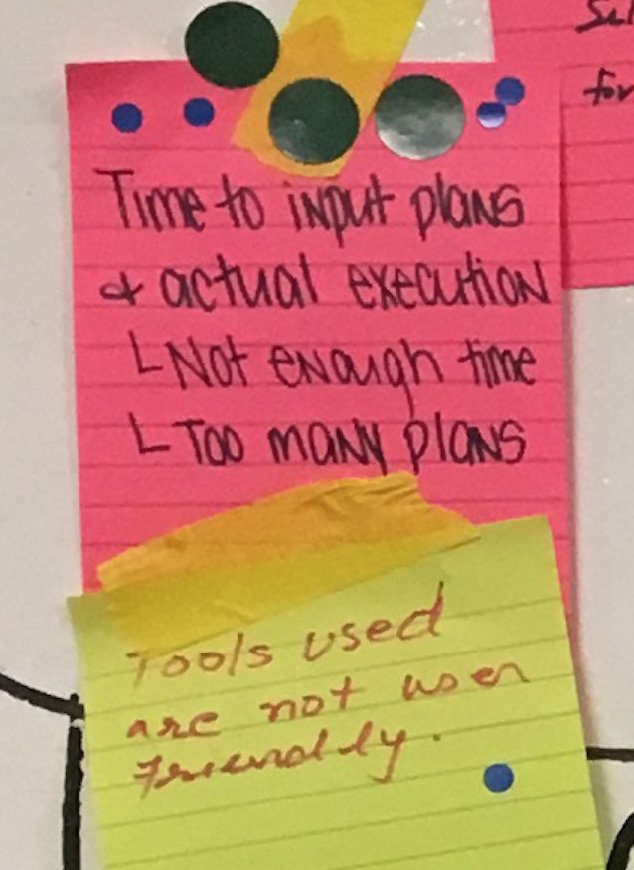
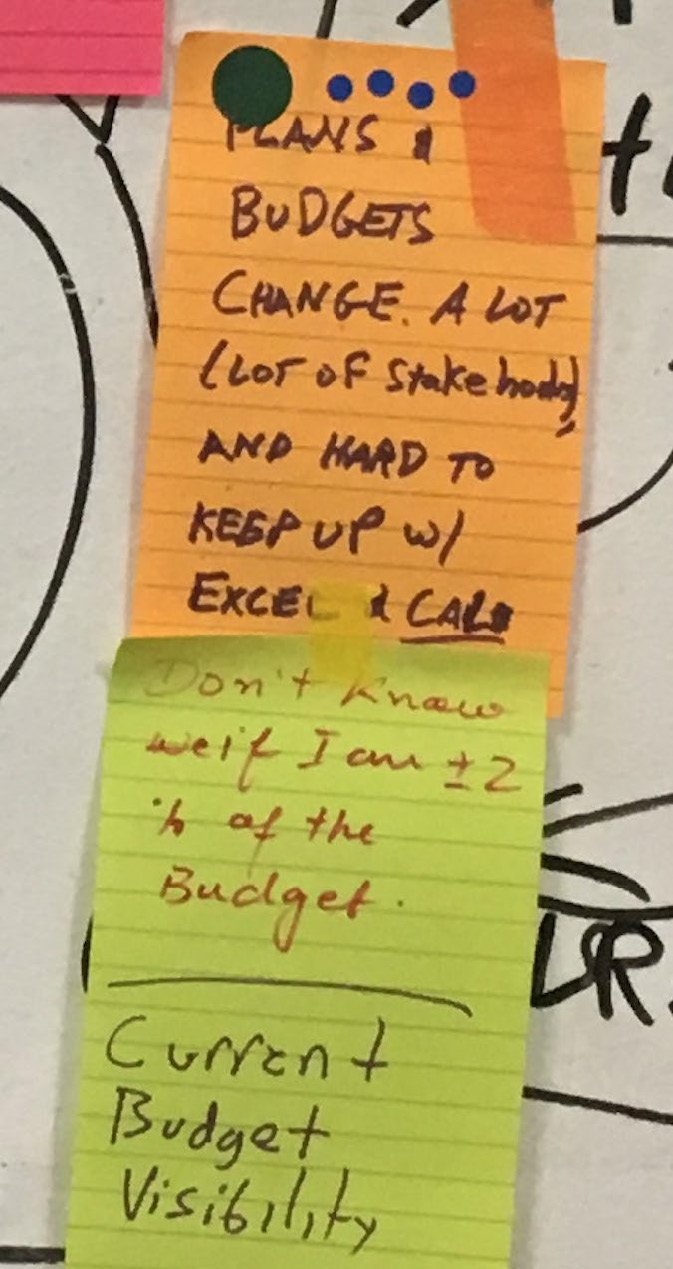
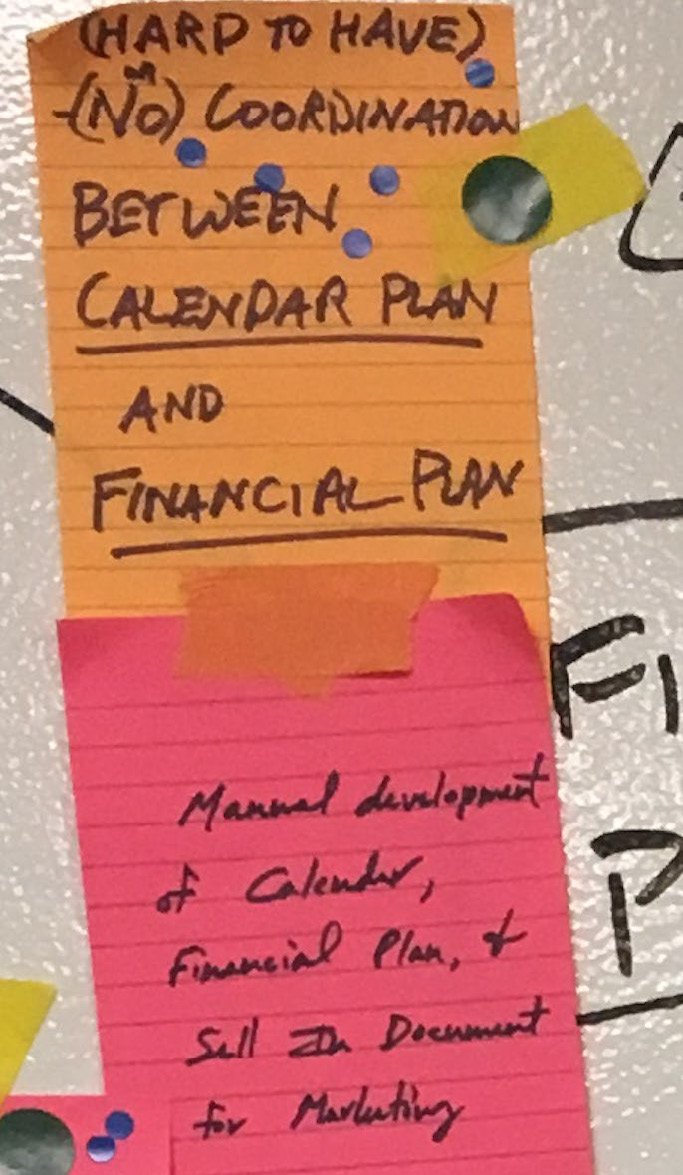
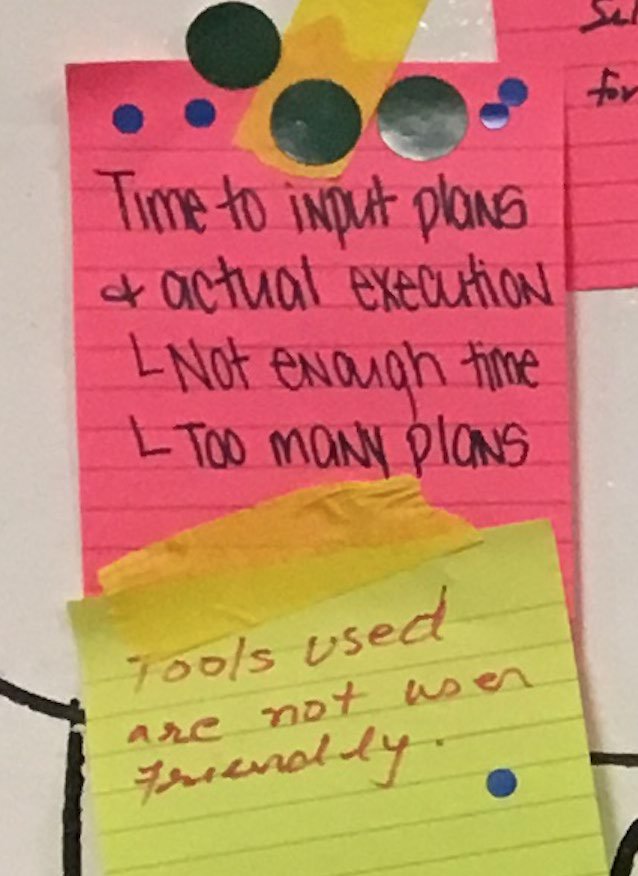
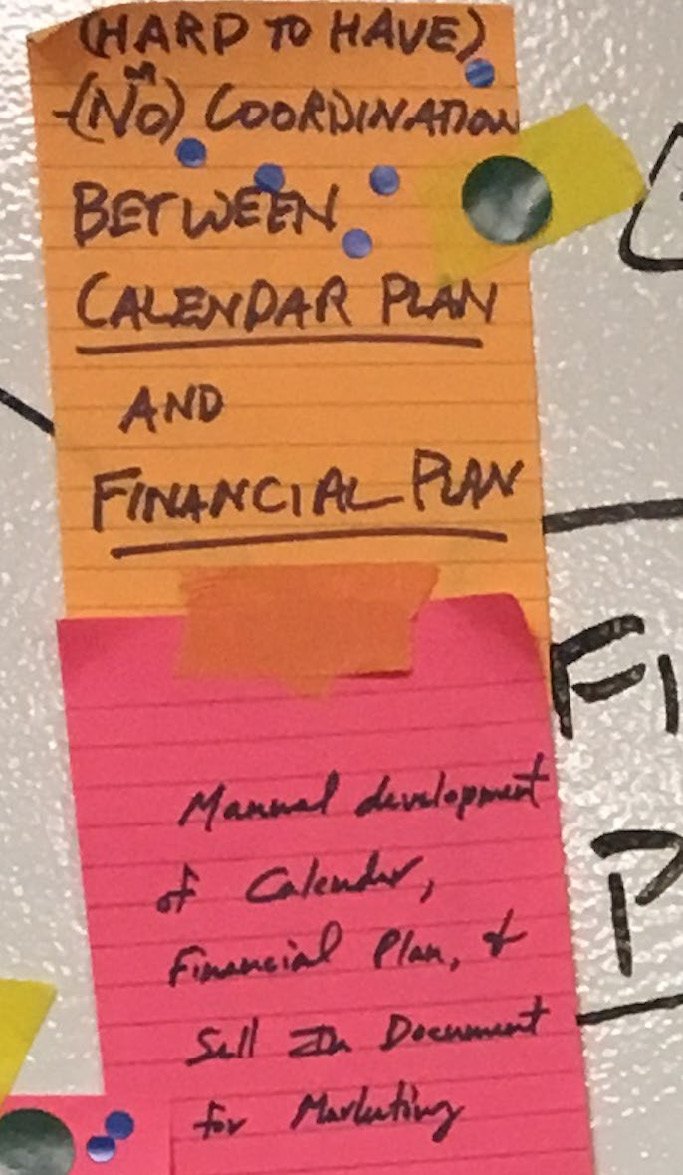
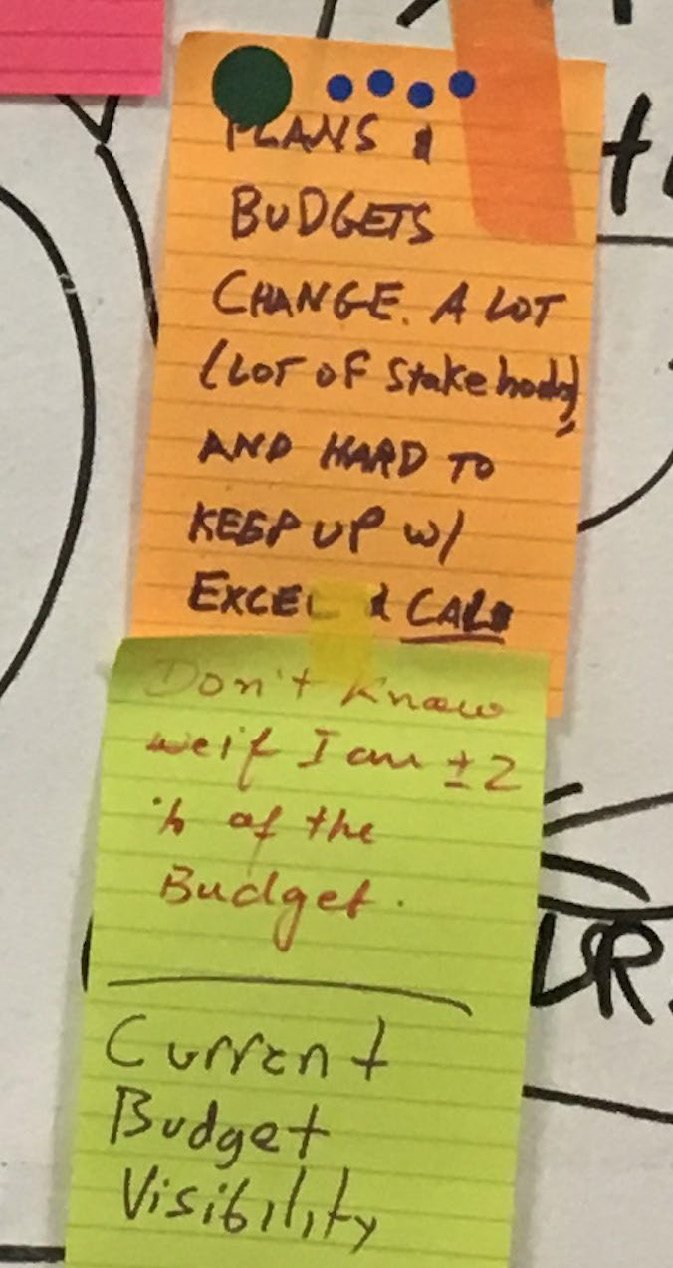

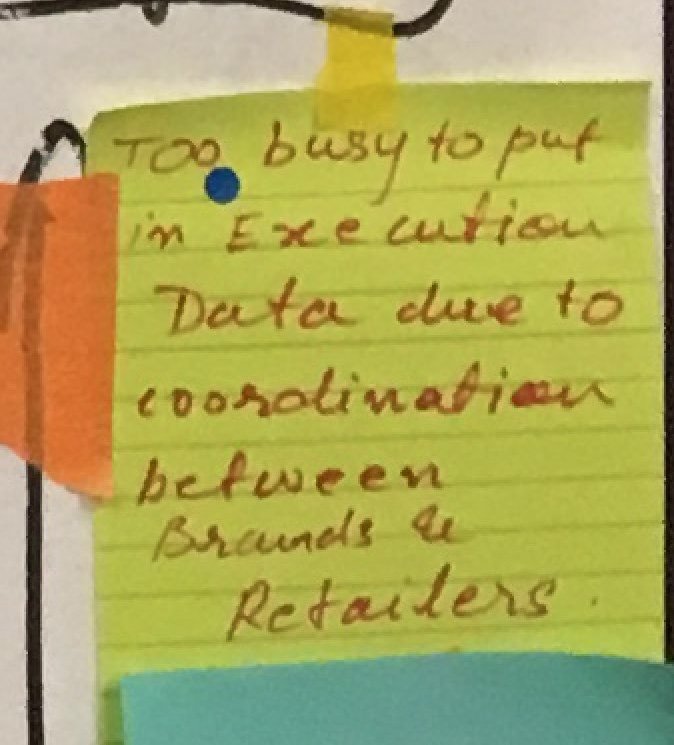
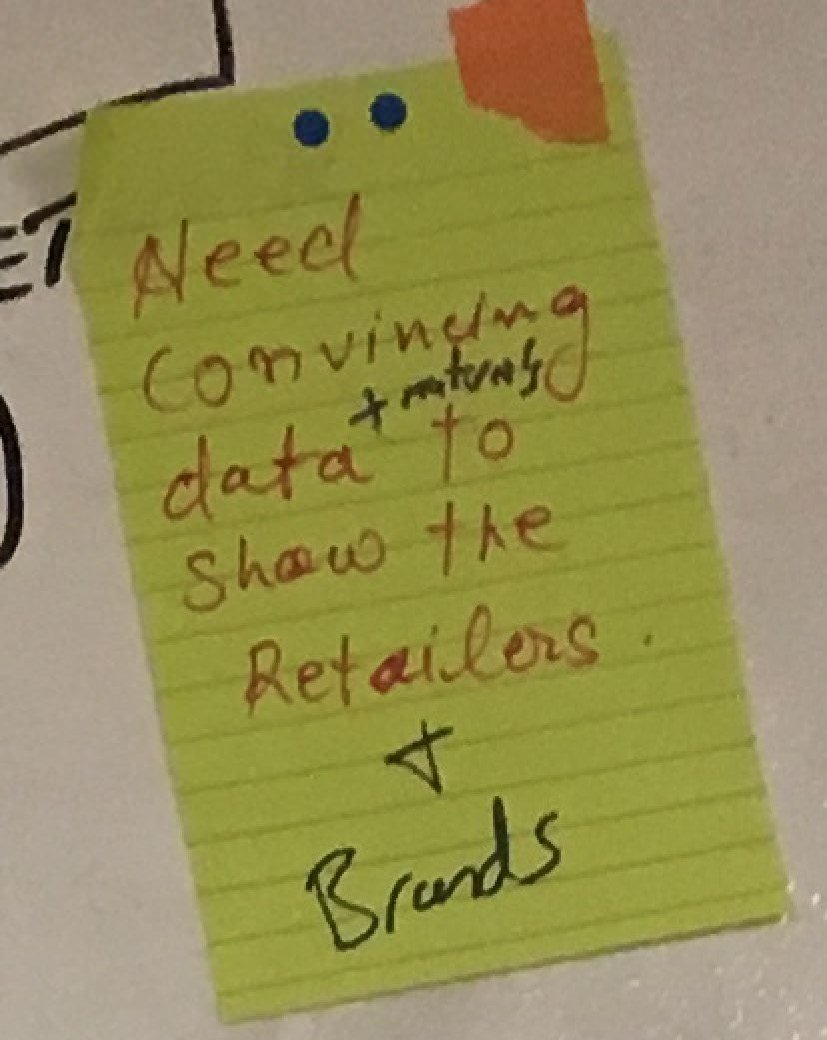
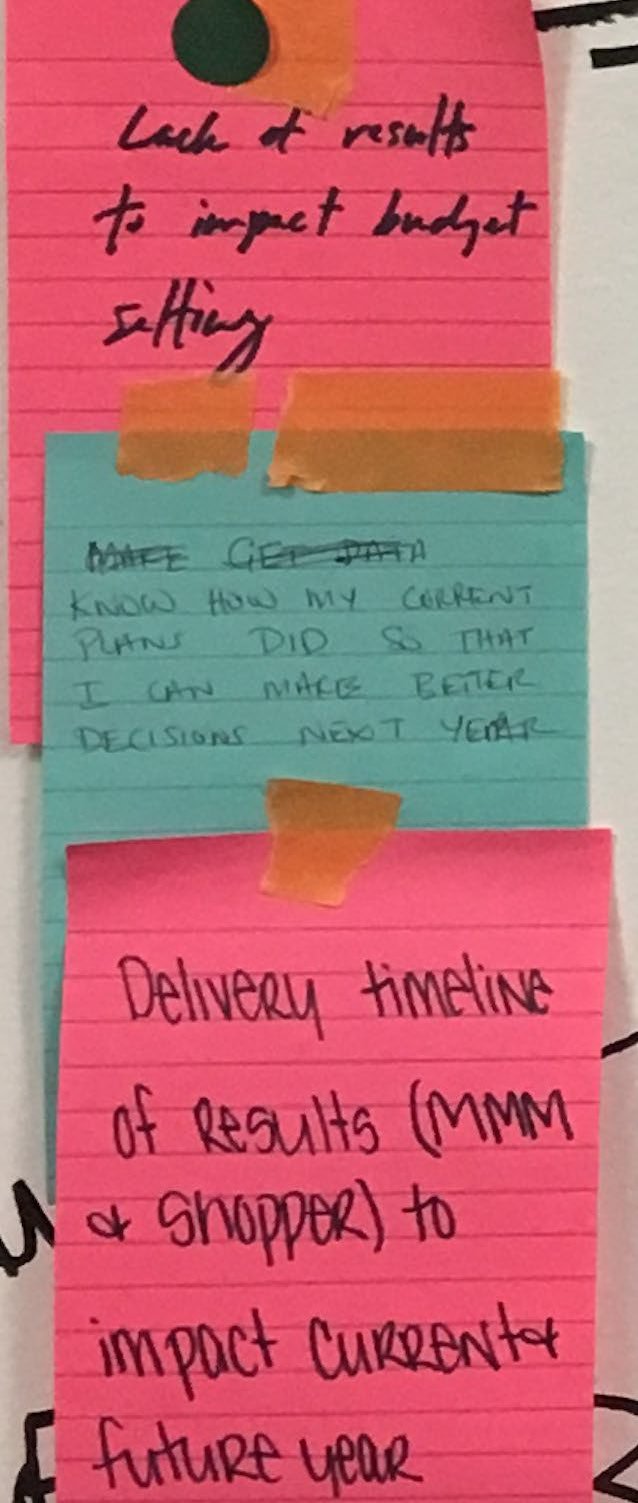
It’s not a Jira or Salesforce, but it was a big improvement


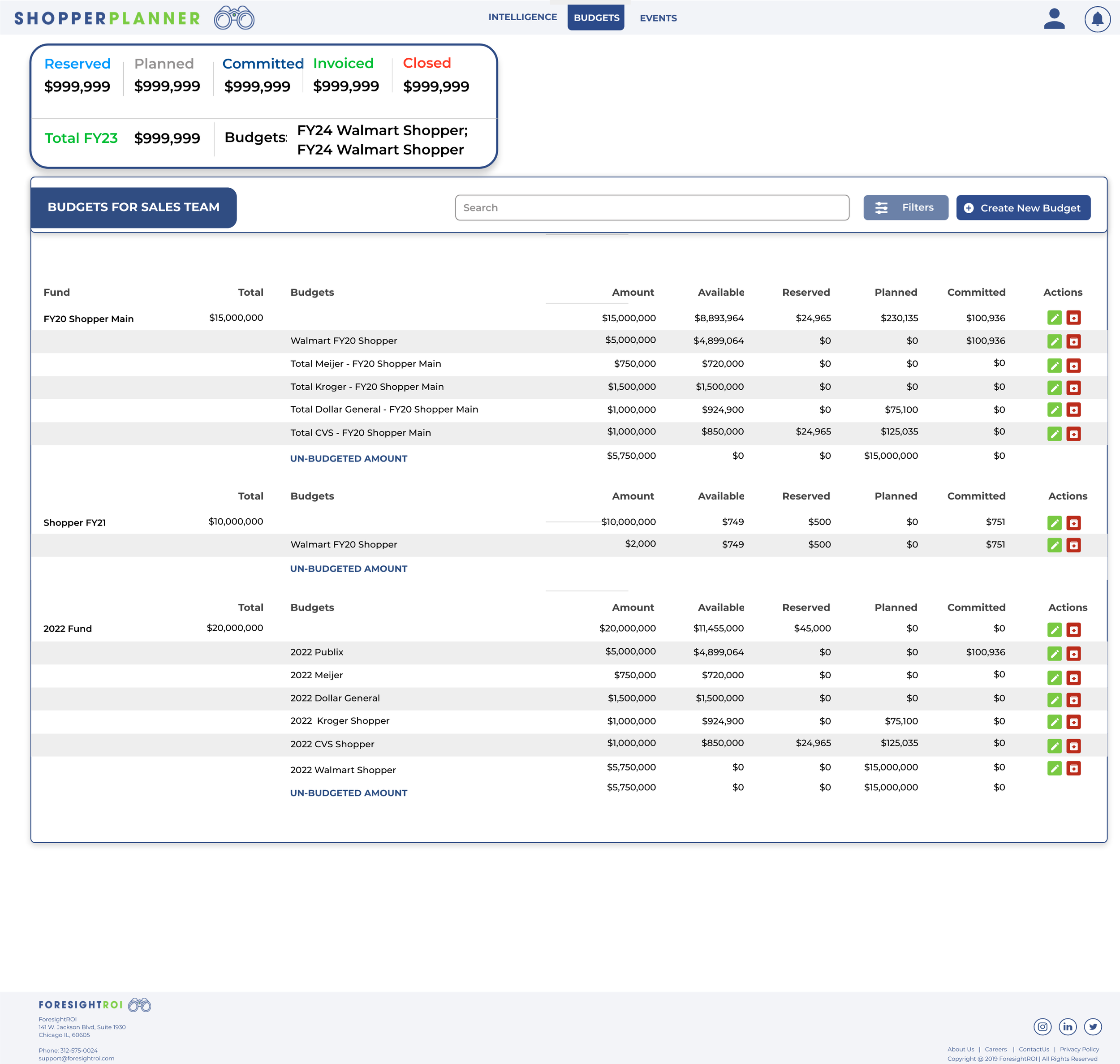
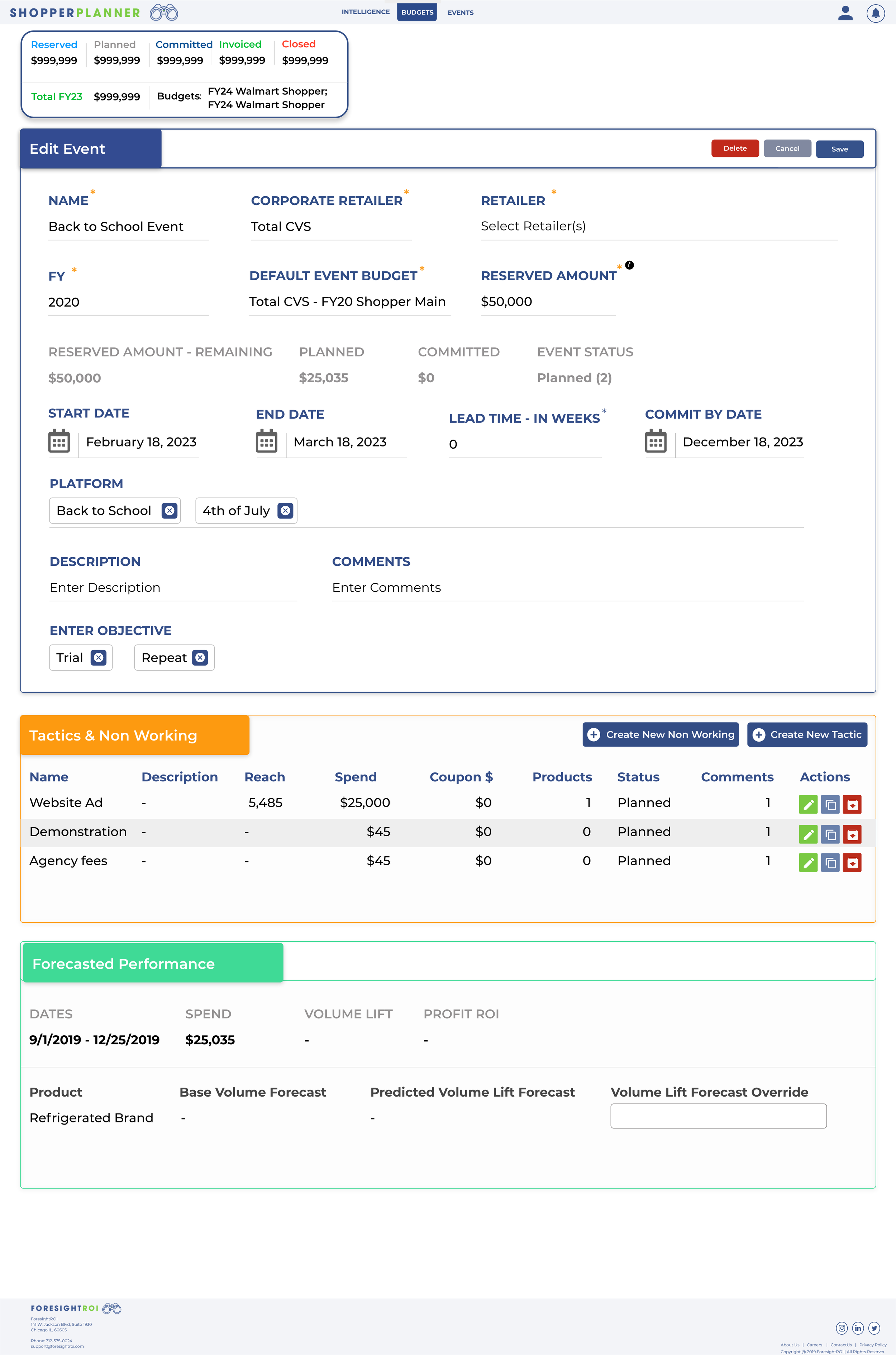



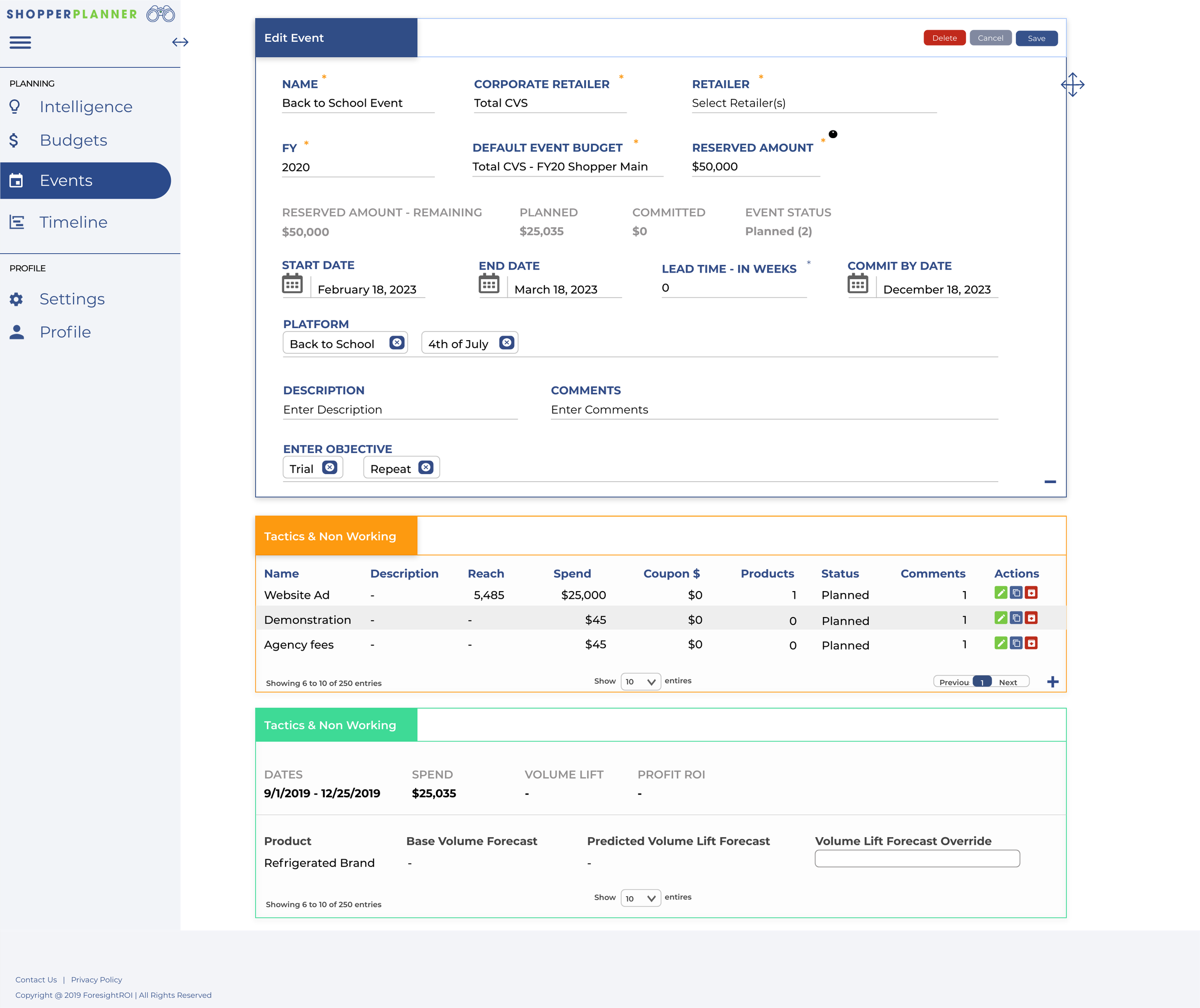






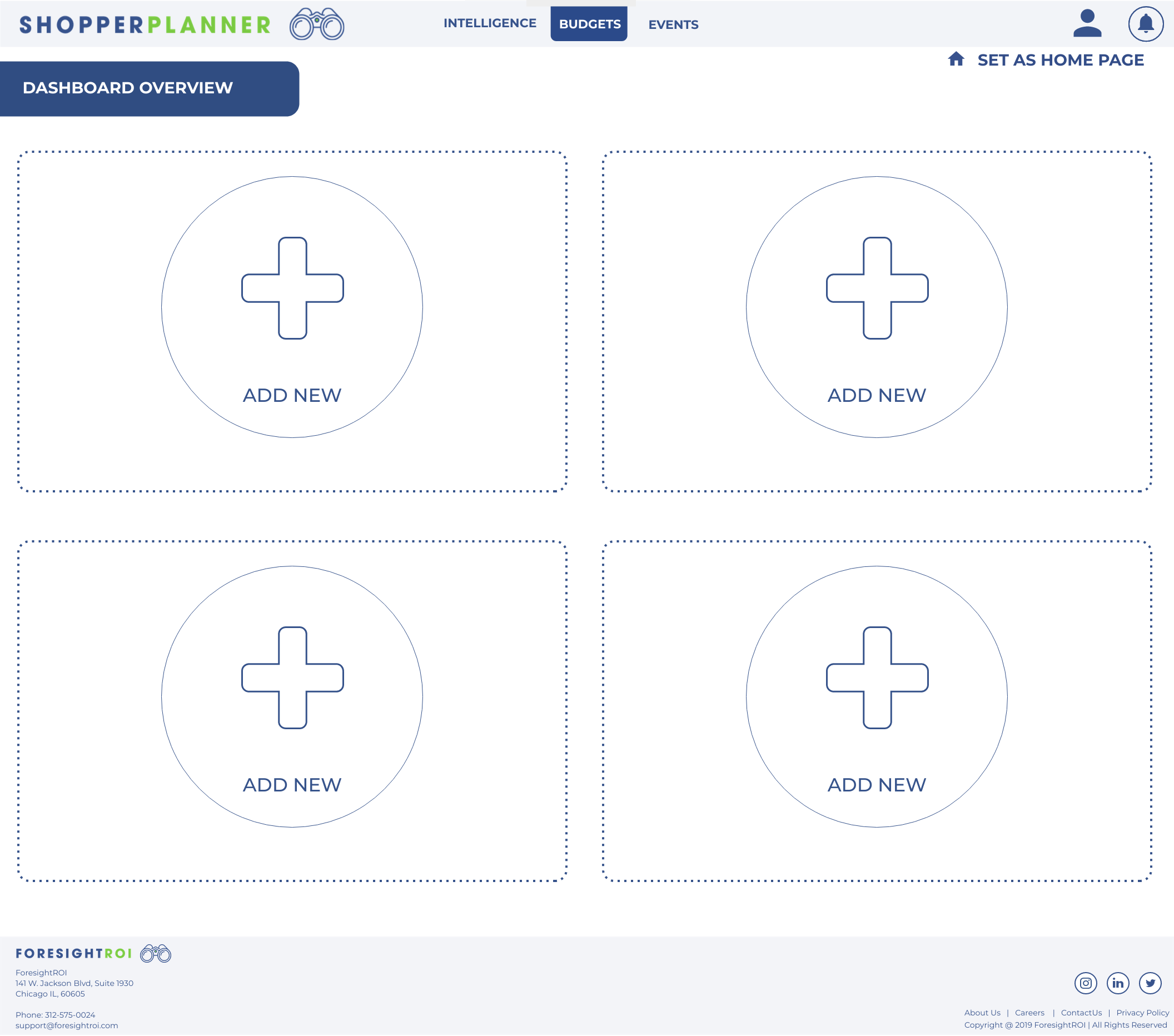

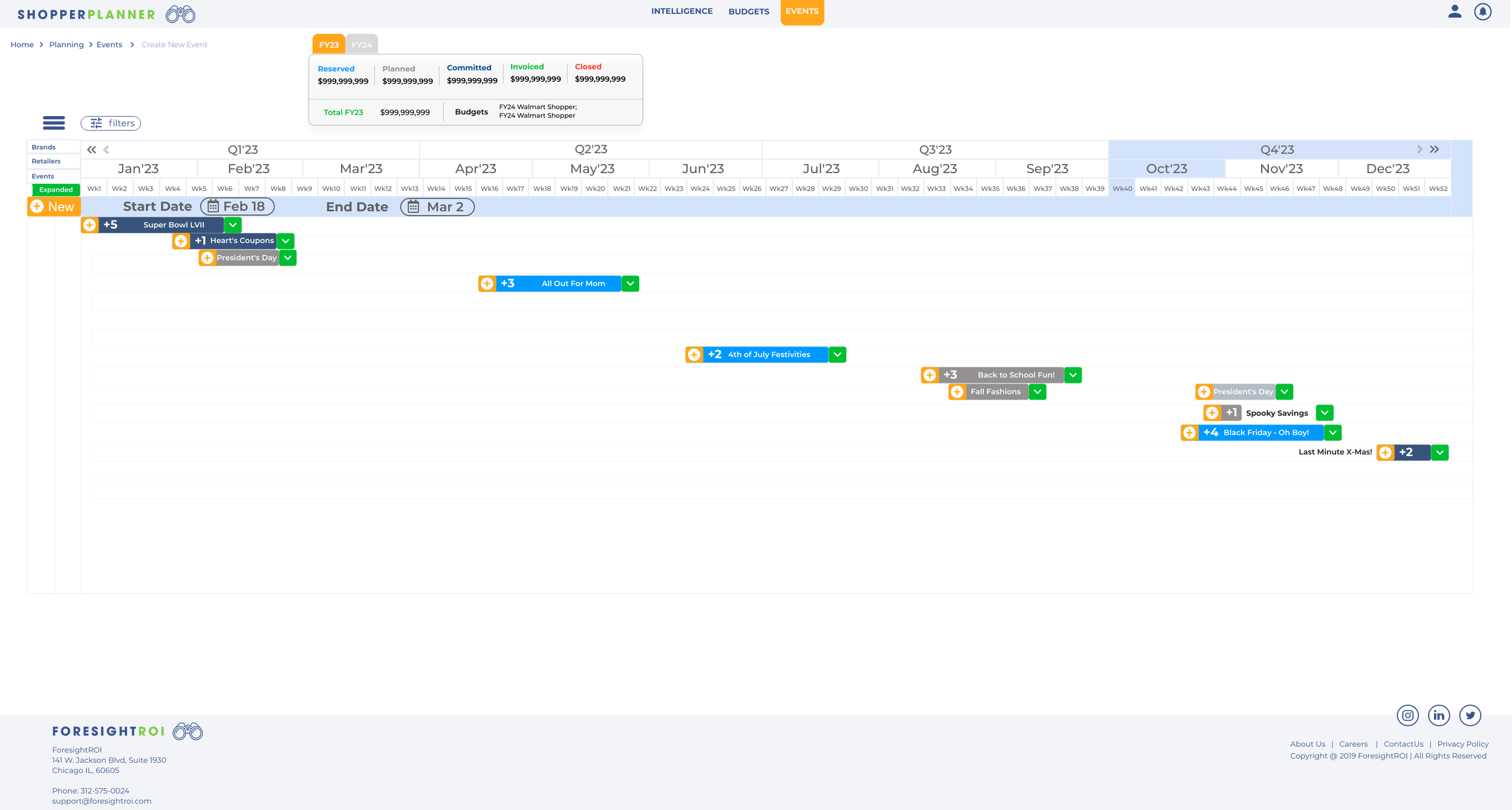
Showcase the data:
Budget/funds page to give users money to create plans using events and tactics
Event and tactic pages with filtering systems, attachments, status, budget bar
Event timeline view to see a whole fiscal year plans at once
Spend summary reports to help users see charts on the money they’re allocating
To-do’s page
Settings, user profile page, administration, export data and help/contact solution pages, measurement.
Skills, Tools, Team + Individual Contribution
Skills/Tools: Moqups, Figma, Jira, Photoshop, Illustrator. Accessibility, Branding, Design System.
Team Collaboration: Meetings, designing with PM, answering software questions in Jira, QA testing with software engineers often, , meeting with stakeholders, data analysts, and CEOs (the company was only 13 people, so collaboration was very easy yet critical).
Individual:
Lone wolf UX team of me, myself and I but I collaborated daily and heavily with the a very experienced Director of Product.
Results
Reflection
The success of the redesign project underscored the importance of user-centric design, iterative prototyping, and collaboration with users and stakeholders in creating a compelling user experience for Foresight ROI's shopper marketing software.
The redesigned shopper marketing software led to increased user productivity, faster decision-making, and improved overall satisfaction among consumer goods manufacturers and retailers using the software for shopper marketing optimization.


